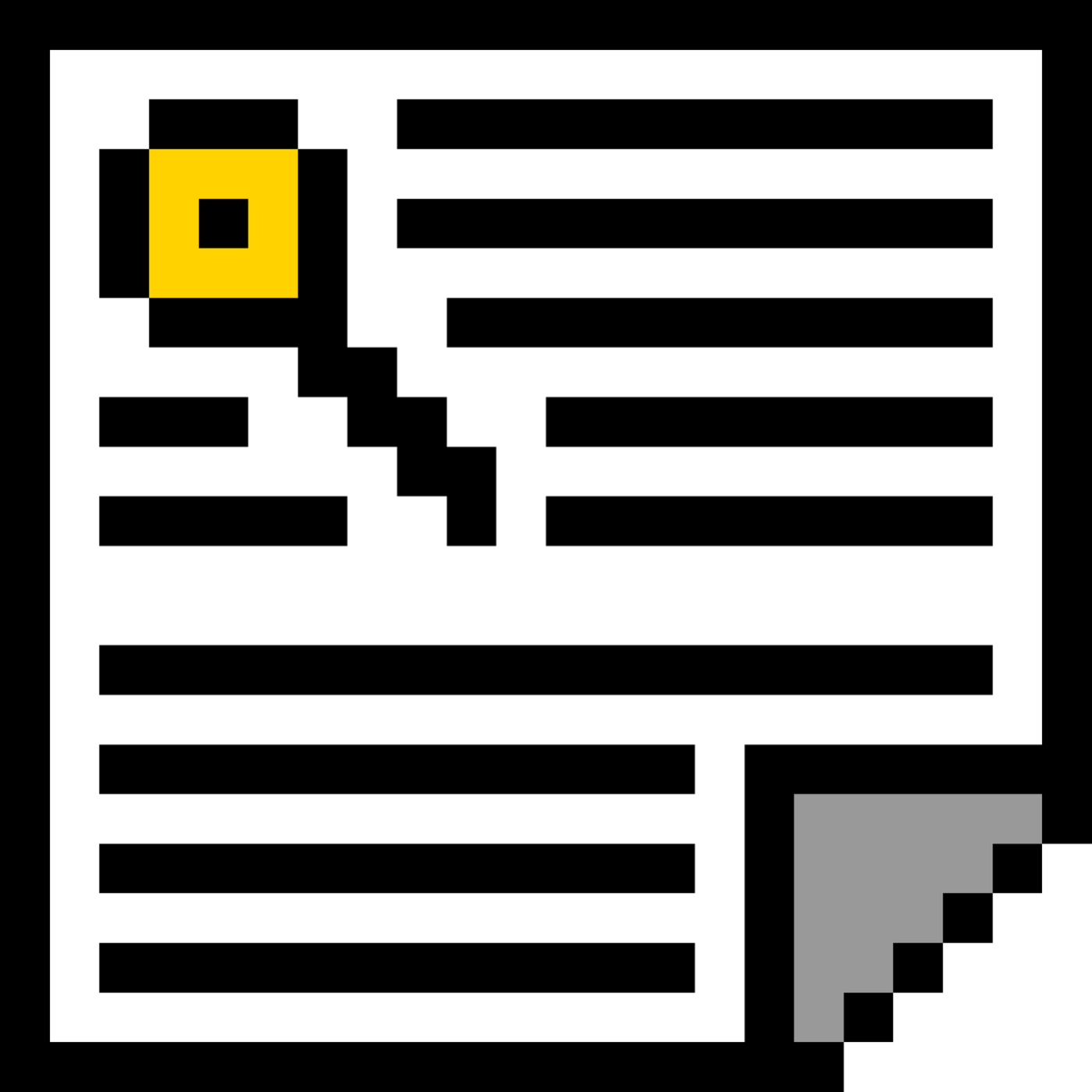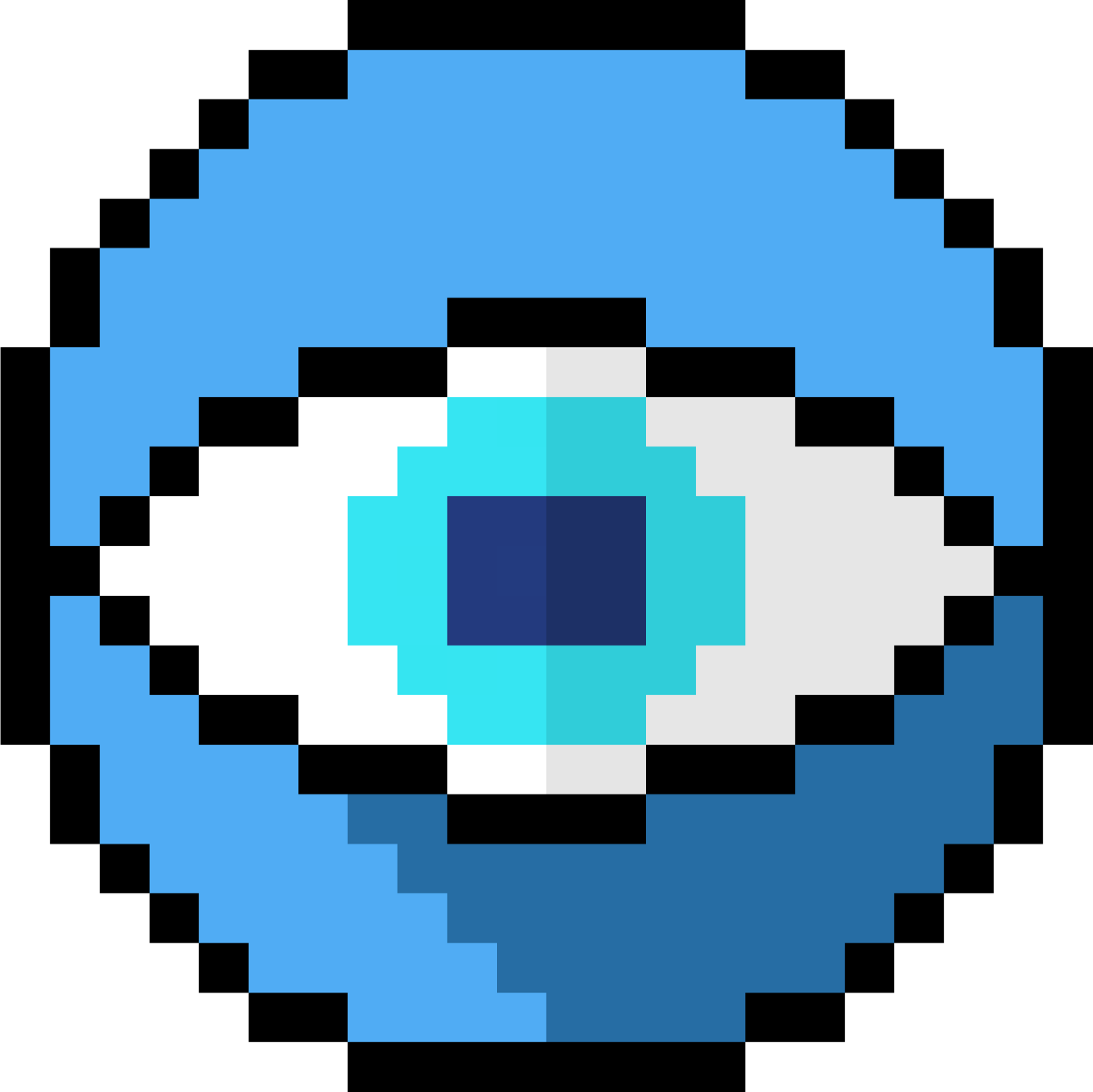231 reads
SwifWeb and How to Center the Div!
by
March 23rd, 2023
Audio Presented by
Story's Credibility





About Author
Swift Evangelist
Comments
TOPICS
Related Stories
Auto Layout UI Examples
Nov 17, 2017
iOS Adaptive Layouts
Apr 29, 2017
104 Stories To Learn About Go
May 03, 2023
Auto Layout UI Examples
Nov 17, 2017
iOS Adaptive Layouts
Apr 29, 2017
104 Stories To Learn About Go
May 03, 2023
